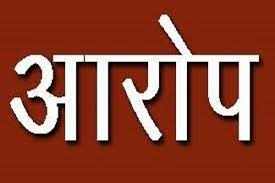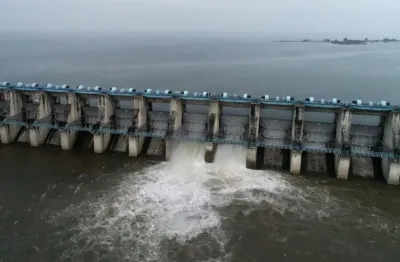Jaipur : Jaipur’s Jantar Mantar is an astronomical observation site built in the early 18th century. It consists of a set of about twenty main stationary instruments. They are monumental examples in masonry of known instruments, but in many cases have their own distinctive features. Jantar Mantar is an expression of the astronomical skills and cosmological concepts of the court of a learned prince at the end of the Mughal period.
The Jantar Mantar Observatory in Jaipur is the most important and best-preserved group of fixed monumental instruments built in India in the first half of the 18th century; some of them the largest ever built in their categories. Designed for the observation of astronomical positions with the naked eye, they embody a number of architectural and instrumental innovations. The observatory is part of a tradition of Ptolemaic positional astronomy that was shared by many civilizations. It contributed to the completion of the astronomical tables of Zij by this type of observation. It is a later and final monumental culmination of this tradition.
Through the encouragement of its creator, Prince Jai Singh II, the observatory was a meeting place for various scientific cultures, and gave rise to wider social practices linked to cosmology. It was also a symbol of royal authority through its urban dimensions, its control of time, and its rational and astrological predictive capabilities. The observatory is the monumental embodiment of the coming together of needs that were at the same time political, scientific, and religious.
Jantar Mantar in Jaipur is an outstanding example of the coming together of observation of the universe, society and beliefs. It provides an outstanding evidence of the ultimate culmination of the scientific and technological concepts of the great observatory devised in the medieval world. It bears witness to very ancient cosmological, astronomical and scientific traditions shared by a major group of Western, Middle Eastern, Asian and African religions over a period of more than fifteen centuries. Jantar Mantar in Jaipur, in the heart of an imperial capital at the end of the Mughal period in India, is an outstanding example of a very comprehensive set of astronomical instruments. Many of the instruments are impressive in their dimensions, and some are the largest instruments ever built in their category.
Integrity and authenticity
The observatory of Jantar Mantar in Jaipur has suffered due to its outdoor position in the tropics, and then its temporary abandonment in the 19th century, resulting in frequent maintenance interventions and then various restorations over a period of more than a century. Nevertheless, the general integrity of the site has essentially been maintained and partly restored.On the other hand, the authenticity of each individual instrument is more complex to establish, as it has undergone numerous interventions. While authenticity with respect to the astronomical function is generally undisputed, it is more difficult to establish with respect to the plaster, instrument graduations, certain architectural interpretations and the immediate landscape environment of the elements of the property.
Conservation and management measures
Jantar Mantar is protected under Sections 3 and 4 of the Rajasthan Monuments Archaeological Sites and Antiquities Act, 1961. It was declared a monument of national importance in 1968. The main challenges for the property, which could potentially become a threat, are controlling the growth of tourism and allowing urban development in the immediate vicinity of Jantar Mantar. Major projects have been announced to upgrade the district and modify traffic, and these may affect the buffer zone, and more generally the landscape and cultural environment of the property. It is particularly necessary to specify the measures taken to protect the buffer zone and to include these measures in the upcoming master plan of Jaipur Municipality. The system for managing the property is suitable, provided that it involves a truly comprehensive management body and that a management plan is promulgated. In addition, it is necessary to strengthen the scientific expertise of the bodies in charge of managing the property.


